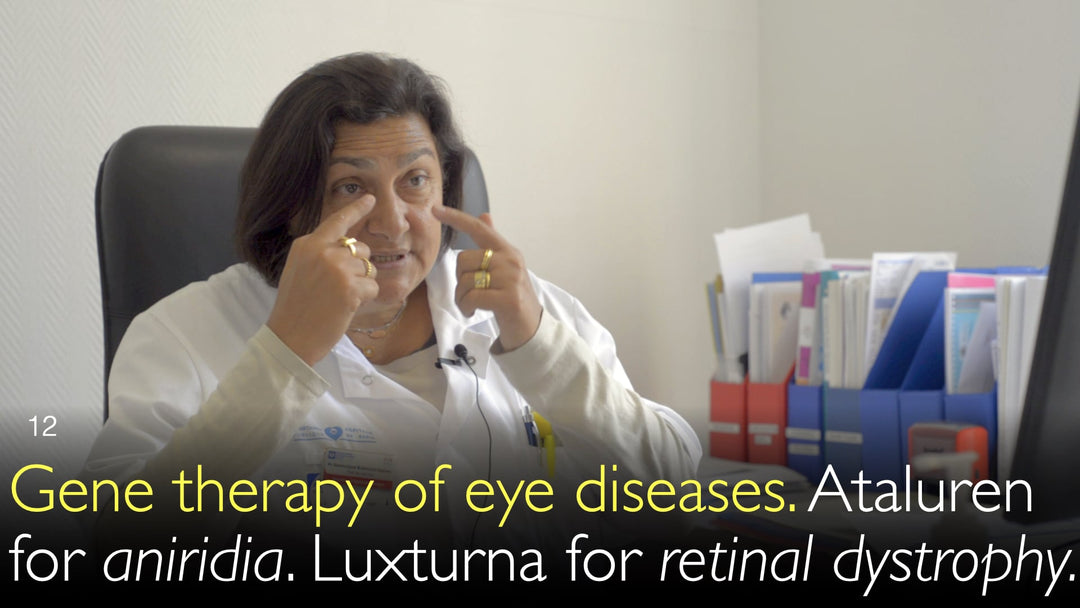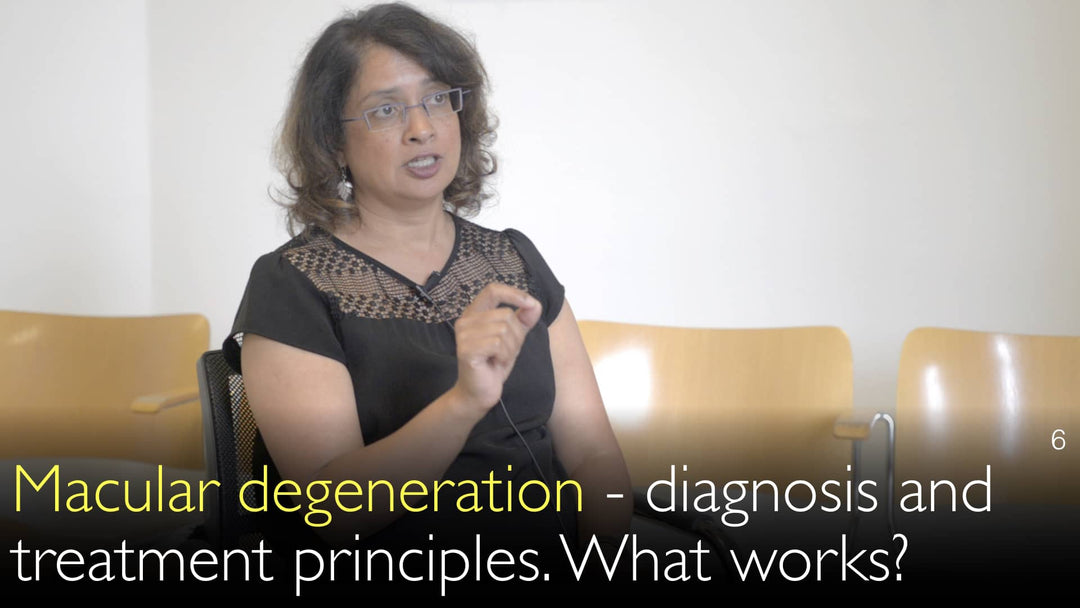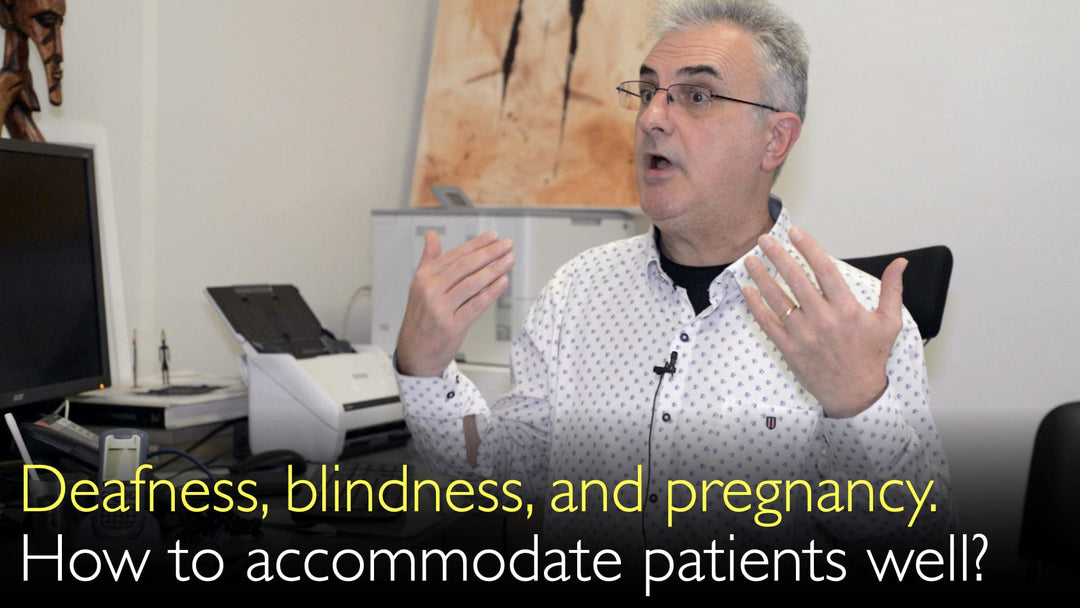Leading expert in pediatric ophthalmology and gene therapy, Dr. Dominique Bremond-Gignac, MD, explains how innovative gene therapies like Luxturna for retinal dystrophy and Ataluren for aniridia are revolutionizing treatment for rare eye diseases, offering hope for vision recovery in children where conventional methods fail.
Gene Therapy for Eye Diseases: Current Treatments and Future Potential
Jump To Section
- Gene Therapy Overview in Ophthalmology
- Luxturna for RPE65 Retinal Dystrophy
- Clinical Trial Results and Patient Outcomes
- Ataluren and Gene Therapy for Aniridia
- Future of Gene Therapy for Eye Diseases
- New Hope for Patients with Rare Eye Diseases
- Full Transcript
Gene Therapy Overview in Ophthalmology
Gene therapy represents a monumental shift in treating rare eye diseases, with the eye serving as an ideal small lab for medical research. Dr. Dominique Bremond-Gignac, MD, highlights the significant progress being made, noting that the first pharmaceutical medication for ocular gene therapy was approved very recently. This advancement marks a critical milestone in ophthalmology, moving from theoretical research to practical, life-changing treatments for patients with genetic visual impairments.
Luxturna for RPE65 Retinal Dystrophy
Luxturna (voretigene neparvovec) is a groundbreaking gene therapy approved for retinal dystrophy caused by mutations in the RPE65 gene. Dr. Dominique Bremond-Gignac, MD, explains the innovative concept behind this treatment: a viral carrier delivers a functional copy of the RPE65 gene directly to retinal cells. The surgical procedure involves administering the viral carrier agent under the retina, enabling the replication of the crucial RPE65 protein that is deficient in affected children, thereby addressing the root genetic cause of their vision loss.
Clinical Trial Results and Patient Outcomes
Initial clinical trials for Luxturna have shown very promising results. Dr. Dominique Bremond-Gignac, MD, reports on a trial involving five children with retinal dystrophy who received this innovative treatment. The outcomes have been highly encouraging, with some patients experiencing significant visual improvement. These early successes demonstrate the potential for gene therapy to not just halt disease progression but to actually reverse vision loss, offering a new paradigm for treating inherited retinal diseases.
Ataluren and Gene Therapy for Aniridia
Beyond retinal diseases, gene therapy approaches are being explored for corneal conditions like aniridia. Dr. Dominique Bremond-Gignac, MD, discusses Ataluren as another promising treatment strategy that operates on a similar principle of overcoming genetic defects. This medication works by enabling the cellular machinery to "read through" premature stop codons in the genetic code, allowing for the production of a functional protein. This mechanism offers potential for treating various genetic disorders caused by nonsense mutations.
Dr. Dominique Bremond-Gignac, MD, emphasizes that this approach could be particularly valuable for corneal diseases where traditional treatments are limited. The ability to effectively "jump over" stop codons to replicate necessary proteins represents a sophisticated genetic intervention that expands the possibilities for treating a wider range of ocular conditions.
Future of Gene Therapy for Eye Diseases
The field of ocular gene therapy is still in its early stages but developing rapidly. Dr. Dominique Bremond-Gignac, MD, notes that researchers are already developing gene therapies targeting other mutations beyond RPE65, expanding the potential applications for this technology. The interview with Dr. Anton Titov, MD, reveals that the scientific community is exploring viral vectors and delivery mechanisms that could make these treatments applicable to various ocular structures, including both the retina and cornea.
As Dr. Dominique Bremond-Gignac, MD, explains, the eye's unique properties make it an excellent target for gene therapy applications. Its isolated nature and immune privilege reduce potential systemic side effects, while its accessibility allows for direct treatment administration. These factors contribute to making ophthalmology a leading specialty in the advancement of gene therapy technologies.
New Hope for Patients with Rare Eye Diseases
Gene therapy offers unprecedented hope for patients with rare genetic eye diseases that were previously considered untreatable. Dr. Dominique Bremond-Gignac, MD, emphasizes the transformative impact these treatments can have, particularly for children who faced complete vision loss and now have the potential to regain functional sight. This represents a fundamental shift from managing symptoms to addressing the underlying genetic cause of disease.
The discussion with Dr. Anton Titov, MD, underscores how gene therapy embodies the cutting edge of medical science, requiring rigorous scientific validation before clinical application. As Dr. Dominique Bremond-Gignac, MD, concludes, these advancements provide crucial hope for countless patients and families affected by genetic eye conditions, marking the beginning of a new era in ophthalmological treatment.
Full Transcript
Dr. Anton Titov, MD: Gene therapy of eye diseases. What is the future in gene therapy for eye diseases? And where is the most progress in gene therapy being made today in ophthalmology?
Dr. Dominique Bremond-Gignac, MD: Gene therapy is a challenge today. We have so many rare eye diseases. But the interest in eye disease is that an eye is a small lab for medical research.
The first pharmaceutical medication is just about to be approved. It is approved now. It was approved in August for gene therapy in ocular disease, in retinal disease. This is Luxturna for RPE65 mutation in children with retinal dystrophy.
The concept is very interesting because we go with a viral carrier and a protein that can be replicated inside the retina. We go under the eye, and we also go under the retina to put the viral carrier agent and to have this replication of the RPE65 protein.
We just began this clinical trial in children. We have five children with retinal dystrophy who were treated with Luxturna. We are very happy because we have had some very good results for some of them.
I think we are just beginning the progress. There are other gene therapies going after other mutations.
It's also very exciting to know that it's for the retina, but it could also be for the cornea, as we discussed Ataluren in the cornea in aniridia. It could be this gene therapy, just jumping over the stop codon to replicate the protein.
I think we are just in the beginning area of gene therapy. But amazingly, we can imagine having patients recover. Children who are supposed to lose vision completely now can regain vision.
This is a hope for patients. All of us, that's very, very important because there are so many diseases that cannot just be cured with more conventional pharmaceutical or surgical methods.
Gene therapy represents the cutting edge of science, and it's got to be applied with the full scientific basis, of course. For sure!







